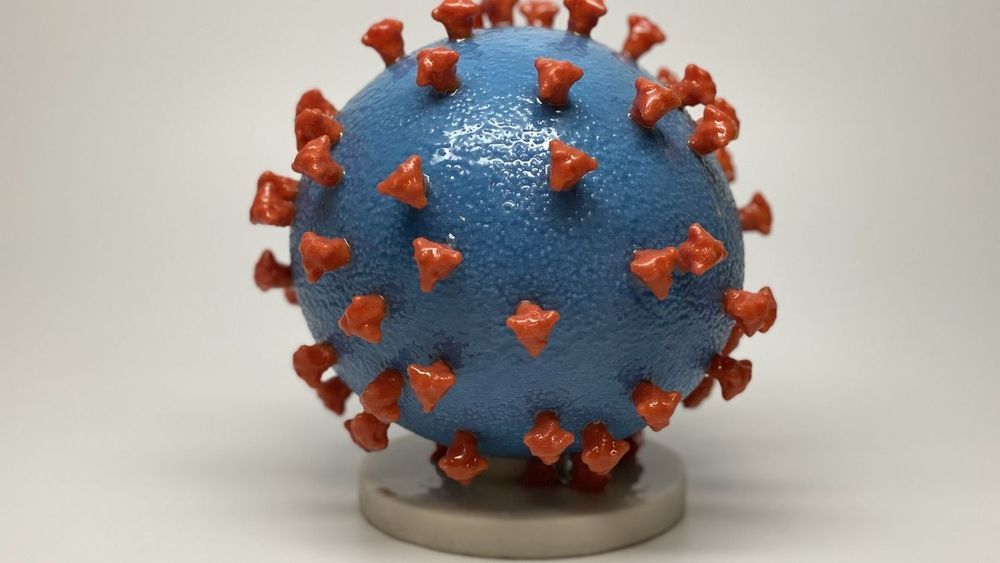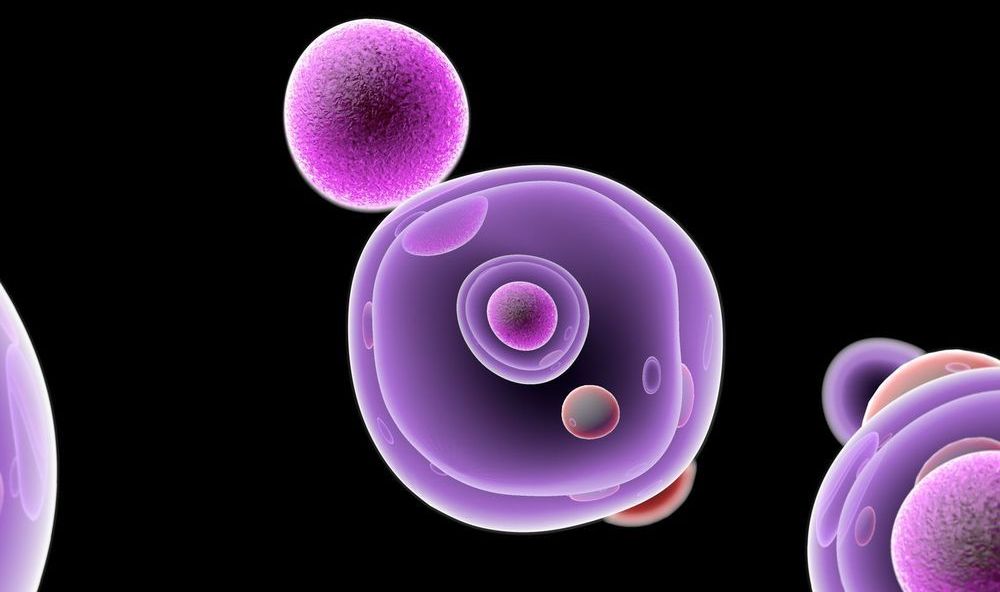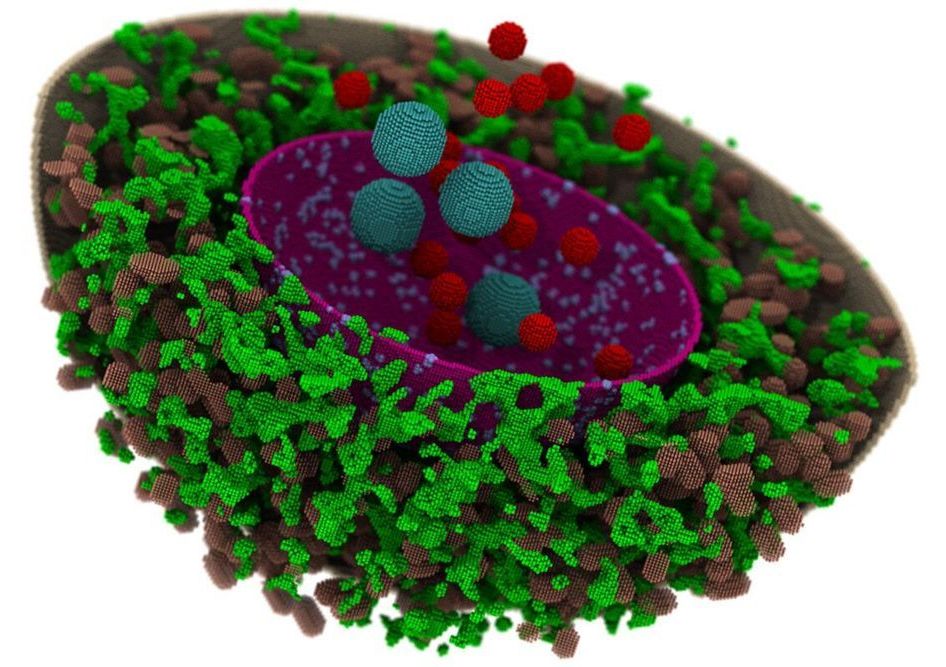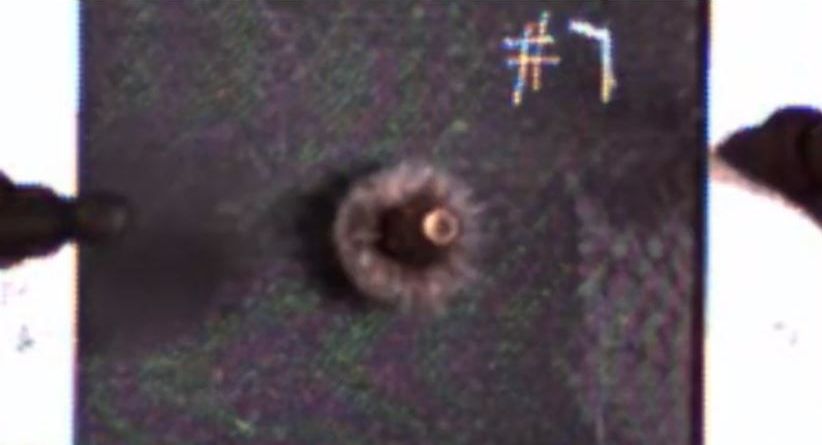Mar 26, 2020
UK Plans to Roll Out 15-Minute Home Coronavirus Test Kits This Week
Posted by Omuterema Akhahenda in categories: biotech/medical, government, health
Healthcare professionals and infectious disease experts around the world agree that extensive testing is the best way to combat coronavirus. However, the extreme shortage of COVID-19 testing kits has made that impossible. The Public Health England (PHE) just announced it was planning to begin rolling out at-home COVID-19 testing kits in the coming days. These tests could tell people if they’ve been infected with COVID-19 in as little as 15 minutes.
Current coronavirus testing is time-consuming and expensive because it requires healthcare practitioners to collect samples from the patient and have them processed in a laboratory. The test promised by the UK government would look like a pregnancy test and needs just a drop of blood to diagnose the individual.
Several companies are working on at-home COVID-19 tests, but PHE didn’t say which test it planned to deploy. According to PHE, the unnamed test takes 15 minutes to work, and it will be available at pharmacies and online via retailers like Amazon. The test will detect antibodies in the user’s blood that indicate they have been exposed to the SARS-CoV-2 virus. It works with both Immunoglobulin M and Immunoglobulin G (IgM and IGG) type antibodies. IgM peaks early in an infection and IgG remains even after the infection has subsided.


















